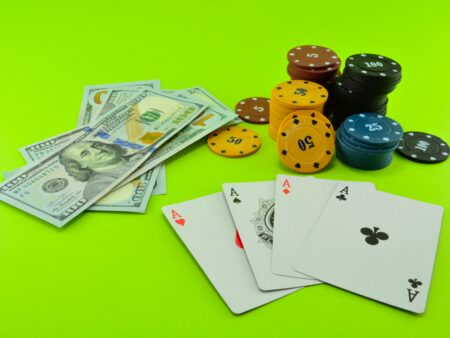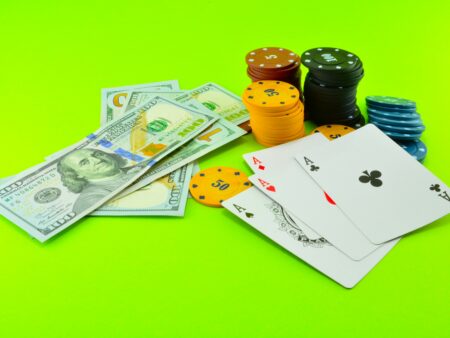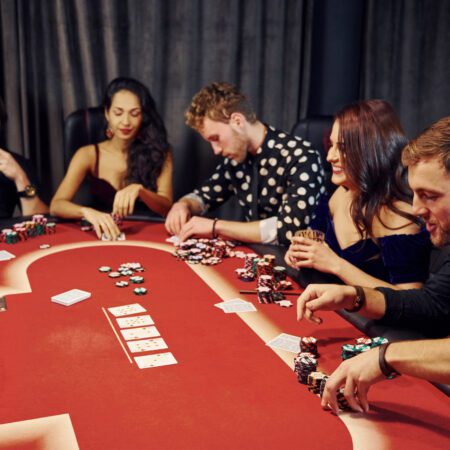Dive deep into the intriguing world of bluffing in poker. From understanding its essence to mastering strategies, our expert guide reveals all.
Master the Art of Bluffing in Poker: An Expert’s Guide
Poker, while fundamentally a game of cards, is equally a game of psychology and strategy. One of the most thrilling elements, making it distinct from other card games, is the art of bluffing. This technique is not about having the best cards but convincing your opponents you do. However, mastering the art of bluffing isn’t a walk in the park. Let’s dive into this intricate tactic that has made and broken many poker pros.
Understanding Bluffing
Bluffing involves misleading your opponents by representing a stronger hand than you actually possess. When done effectively, your competitors fold, believing they can’t beat your ‘strong’ hand, allowing you to scoop the pot.
Types of Bluffs
- Pure Bluff or Stone-Cold Bluff: This is when a player raises with the worst hand and hopes their opponent folds a better hand. It’s most effective when there’s a single opponent left in the game.
- Semi-Bluff: Players raise with a potentially winning hand but need more favorable community cards to come up on the turn or river. It offers a safety net since there’s a possibility of winning even if the bluff is called.
Strategies to Bluff Like a Pro
- Analyze Your Opponents: The success of your bluff largely depends on the players you’re up against. Observing their habits, patterns, and reactions can offer valuable insights. Avoid bluffing habitual callers—they’re likely to call regardless.
- Consider Your Table Image: If you’ve been playing conservatively and suddenly make a big raise, opponents might believe you’ve got a strong hand, making your bluff more believable.
- Bluff in Favorable Situations: Situations where the pot is small, or the board cards indicate that someone could have a very strong hand are ideal for bluffing.
- Avoid Bluffing Too Often: If you bluff repeatedly, opponents will catch on, making your strategy ineffective.
- Use ‘Reverse Bluff’: Occasionally play strong hands as if they’re weak. This will throw off your opponents and make your actual bluffs more unpredictable and credible.
Spotting Bluffs
Being on the receiving end of a bluff can be quite frustrating. Here are tips to spot an opponent’s bluff:
- Physical Tells: Some players exhibit unconscious physical reactions when they’re bluffing, like rapid breathing, twitching, or avoiding eye contact.
- Change in Betting Patterns: A sudden aggressive play after a series of conservative moves can indicate a bluff.
- Timing Tells: If a player takes an unusually long time to act or reacts too quickly, they might be bluffing.
Challenges in Bluffing
- Risk of Getting Caught: The biggest risk is that if someone calls your bluff, you stand to lose significantly, especially if your hand is weak.
- Mental Stress: Consistent bluffing can be mentally taxing as it requires maintaining a facade and constantly reading opponents.
Conclusion
Bluffing is an integral part of poker that elevates it from a game of mere chance to a battlefield of wits and strategies. Remember, poker isn’t about playing cards only; it’s about playing the people. So, the next time you sit at a poker table, whether virtual or real, arm yourself with the insights from this guide and keep your opponents guessing.










